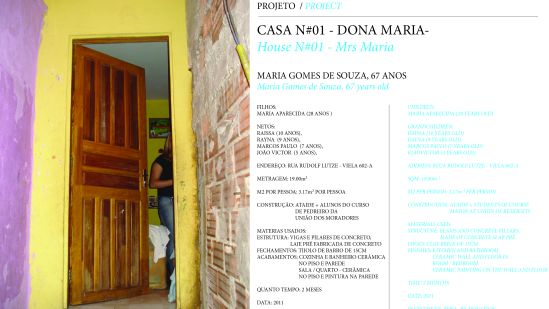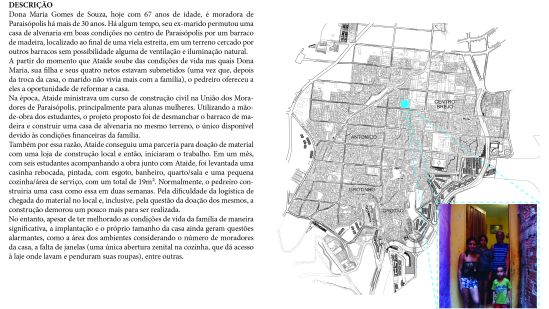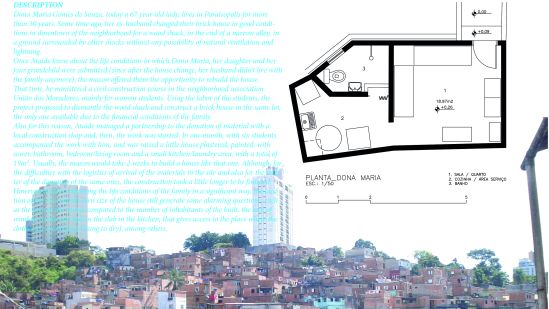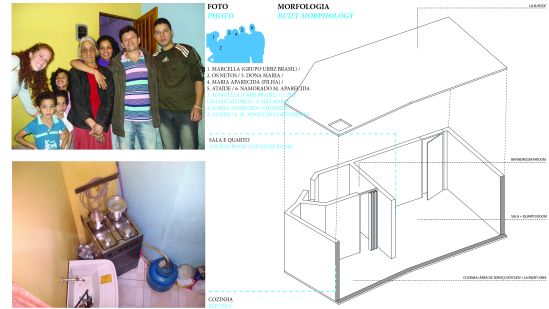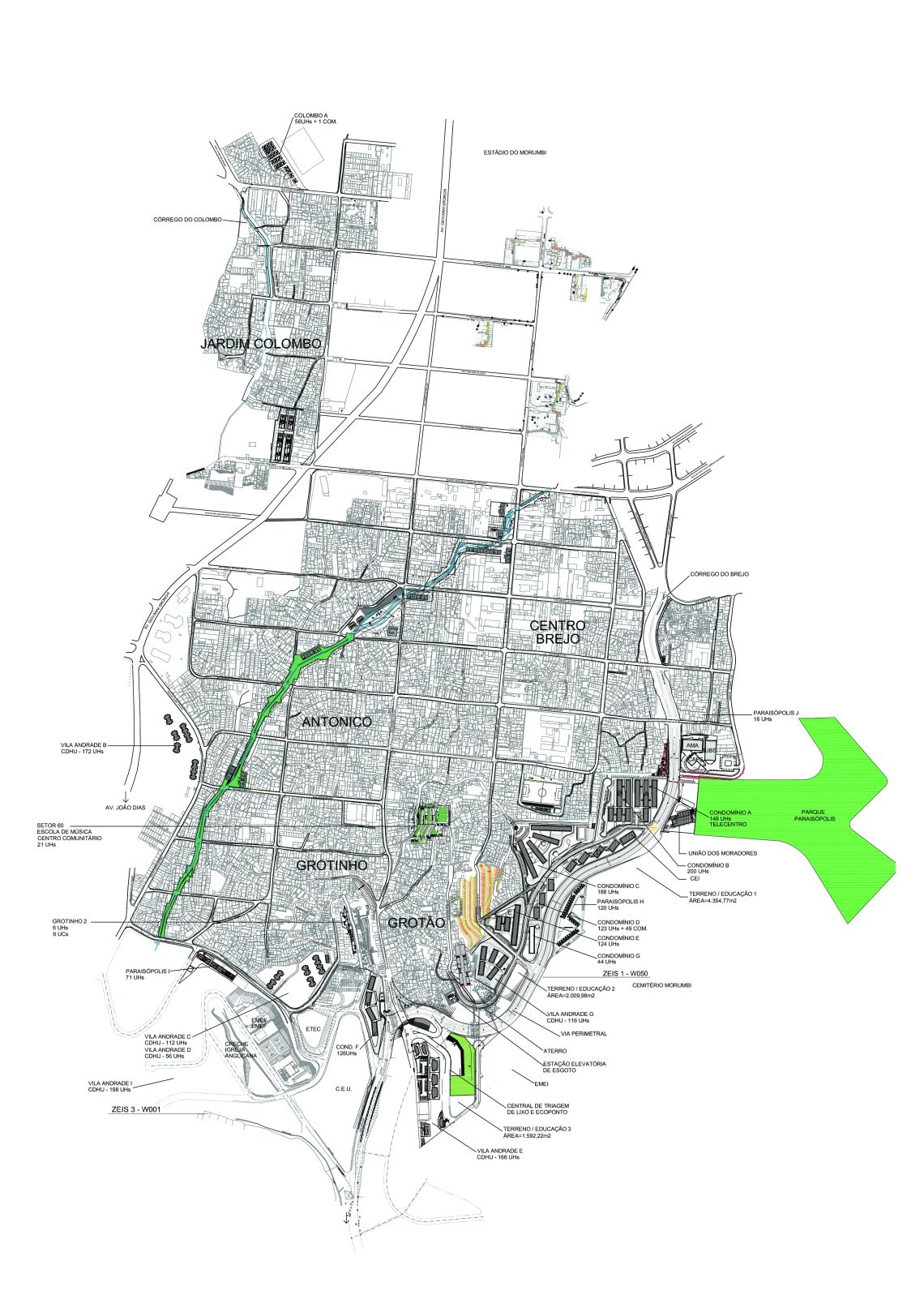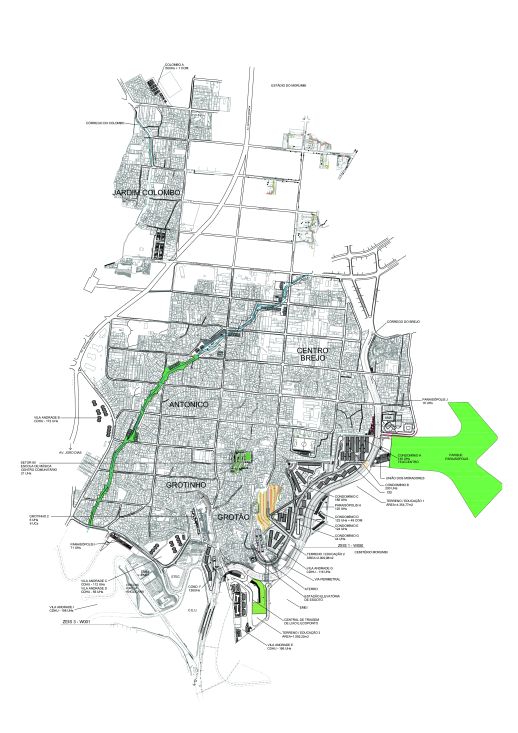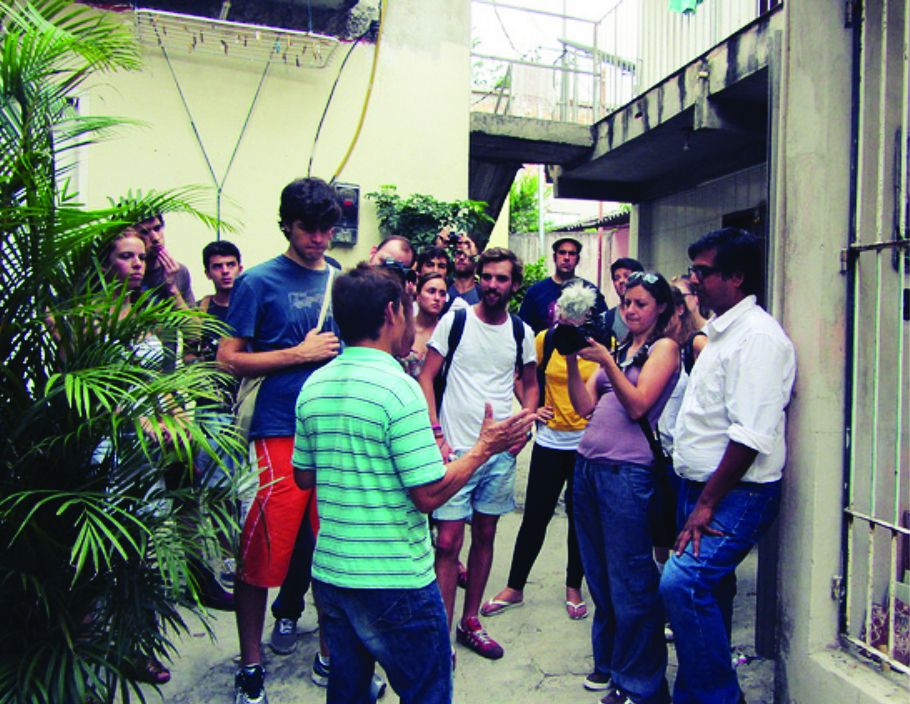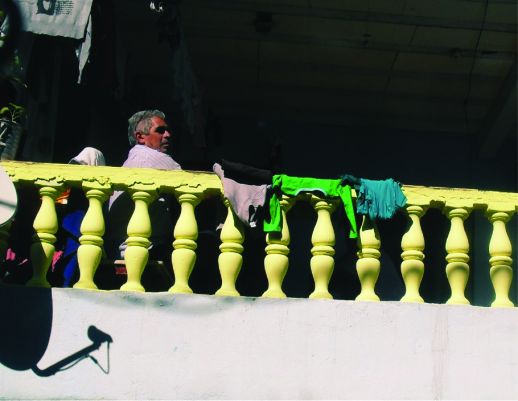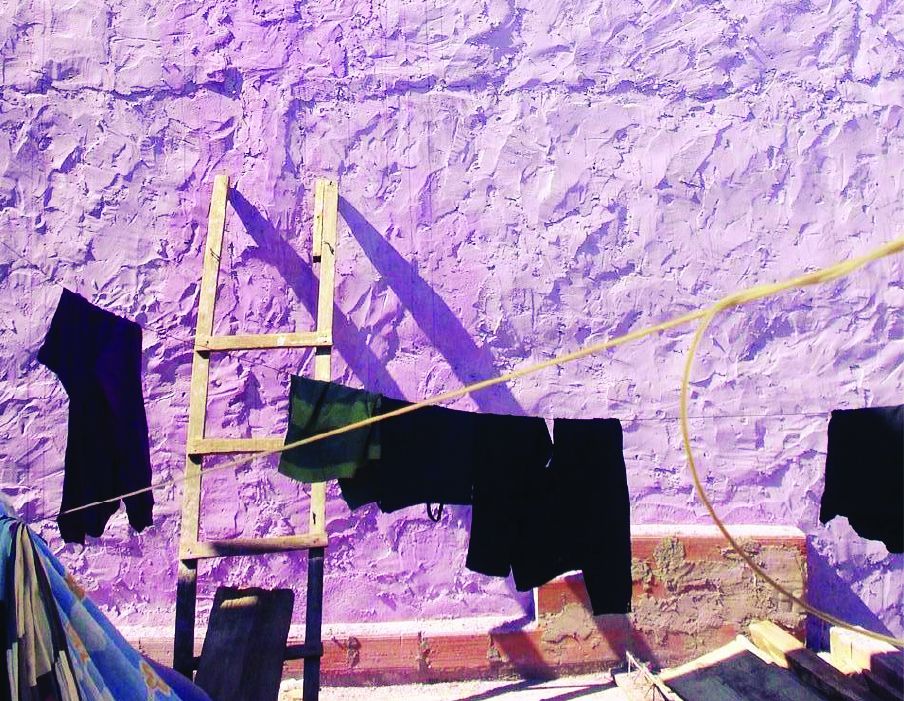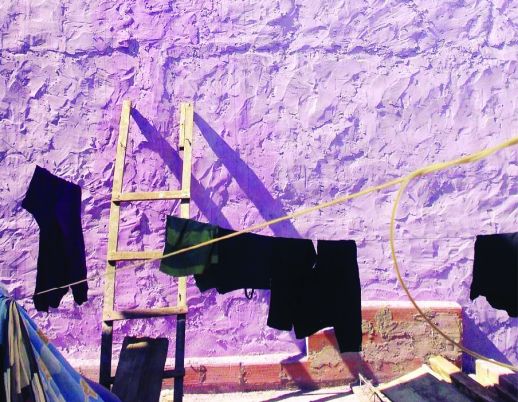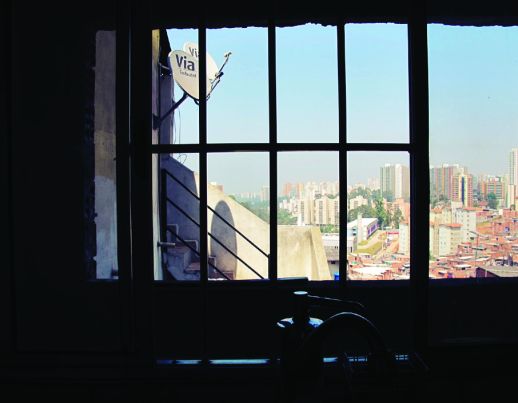50 houses 1 Territory | 50 CASAS 1 TERRITÓRIO

50 houses 1 Territory | 50 CASAS 1 TERRITÓRIO
O livro consiste em um registro de 50 casas construídas pelo pedreiro Ataide Caetite na favela de Paraisópolis, enfocando na questão de como o modo de sociabilidade,o modo de vida e as dinâmicas econômicas e culturais se refletem no espaço familiar construído: a casa. Por meio de levantamentos das casas construídas por Ataide e de entrevistas com seus moradores, buscando entender a historia de sua vida na comunidade, o projeto tem como finalidade apresentar a sociabilidade particular inerente à favela, propiciando uma aproximação desse modo de vida e dessa realidade social. A relação familiar, o sentimento de pertencimento e o senso de comunidade, a forte organização social, o papel da laje e da rua como espaços de encontro e de vivencia coletiva, e o ‘se virar’ (fazer o melhor com os recursos disponíveis) caracterizam o modo de vida nesse perfil de lugar.
The book is a record book of 20 houses built by the mason Ataide Caetite in the Paraisopolis favela, focusing on the question of how sociability, the way of life and the economic and cultural dynamics are reflected in the built family space: the home. Through surveys of the houses built by Ataide and interviews with its residents, seeking to understand the history of his life within the community, the project aims to present a particular sociability inherent in to the “favela”, providing a proximity to this lifestyle and social reality. The family relationship, the feeling of belonging and a sense of community, strong social organization, the role of the street and the slab as a place for meeting and sharing collective experiences and the “make do” (doing the best with whatever resources are available) are features of a way of life within this profile of a place.
Até agora, foram realizadas algumas visitas e entrevistas preliminares. Nas mesmas, já foram observados casos que refletem tais dinâmicas sócio-culturais: quando o filho casa, bate-se uma laje e os noivos vão morar no andar de cima da casa dos pais. Durante a construção,parentes, vizinhos e amigos vão ajudar: e depois de terminada, fazem um churrasco na laje para comemorar. Esse jeito de viver se reflete no jeito deconstruir: a casa nesse território está empermanente construção, assim como avida das pessoas, que está em mudançaconstante. O desafio é justamente pensarsoluções para os problemas locais se apropriando da culture modo defazer já existentes, potencializando-os.
So far, there were a few visits made as well as preliminary interviews. In these, there have been cases that reflect such social and cultural dynamics: such as when a child gets married, one “sticks on” another layer of slabs (i.e.: another floor is built on top of the existing one) and the bride and groom go and live on the top floor of his or her parents’ home. During construction, relatives, neighbours and friends will help: and when finished, they will hold a barbecue on the slabs of the terrace, to celebrate. This lifestyle is reflected in the building style: the house in this area is in permanent construction phase, as are the lives of the people who live there, in constant change. The challenge is precisely in thinking-up solutions to local problems, taking hold of the existing culture and manner in which things are done, and enhancing these.

